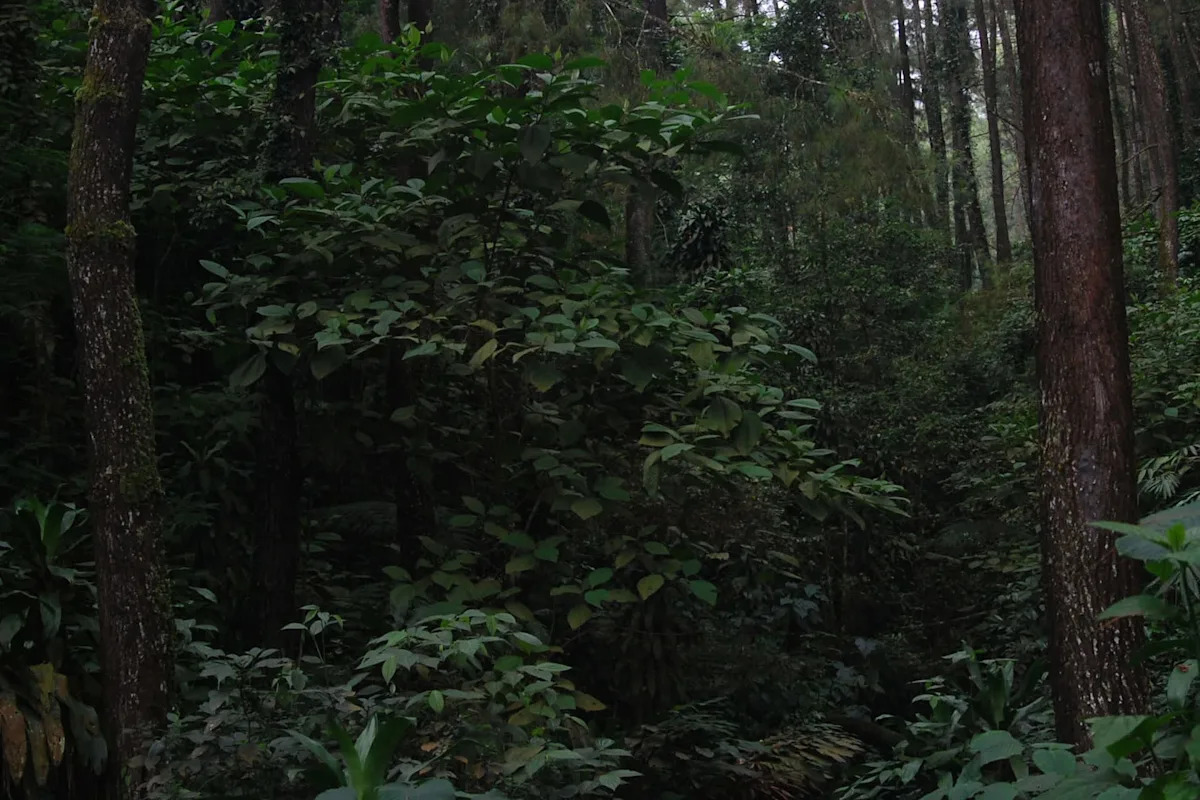It vanished without a trace more than 10 years ago — now, a single snapshot from a trail camera has reignited hope for a species thought to be lost.
In 2024, conservationists at Tangkulap Forest Reserve set up trail cameras to survey an endangered native species of wildcat. When there was a photo of an unidentified species, it was cast aside as irrelevant to the study.
The photo was later unearthed by Panthera researchers in collaboration with the Malaysian Otter Network — upon which the significance of the image was discovered.
The photo from the trail camera had actually captured Malaysia’s first image of the Eurasian otter in 11 years.
These otters can be found from Europe to Asia, although “its presence in Southeast Asia is largely unknown and extremely rare, and it’s considered highly endangered,” Panthera detailed in a blog post.
Panthera elaborated on the importance of this photo, stating that Tangkulap Forest Reserve is now “the only location in Malaysia where all four of the country’s otter species coexist.”
The news excited conservationists. In a Facebook post, Panthera described it as “a historic moment.” One commenter said: “That’s an incredible find.”
According to Panthera’s blog, “otters are apex indicators of waterway health, and their return is a hopeful sign.”
Trail cameras are used globally to identify and locate animals, often capturing rare sightings and unique moments. The technology allows for the observation of animal populations for long periods of time without direct interference, reducing the risk of human-animal conflict. Human-animal interactions can have dire consequences for both human and animal — danger of attack, disturbance of habitat, or decreasing the animals’ natural instincts.
Using captured photos is an amazing way to measure a site’s biodiversity and the health of the local ecosystem — here, the sighting of a long-lost endangered species encourages the hopes of conservationists for a cleaner, more diverse future for the Tangkulap Forest Reserve.
This can empower the local community and beyond to continue to take steps toward conserving natural areas and resources.
Although this discovery brings optimism to the conservation cause, all four species of otters still remain under threat from pollution, habitat fragmentation, and overfishing.
These threats are difficult to combat. However, there are organizations fighting for real-world solutions, such as “reducing conflict between people and otters and creating a national plan to protect them before it’s too late,” as Panthera noted.
Join our free newsletter for good news and useful tips, and don’t miss this cool list of easy ways to help yourself while helping the planet.
